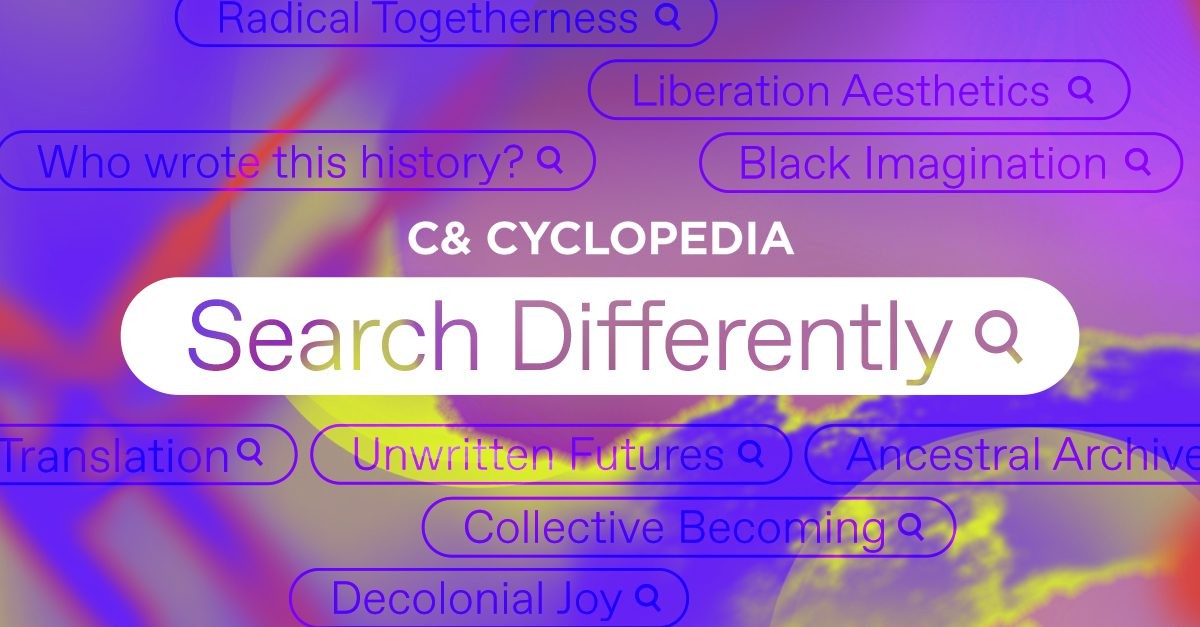Enseigner pour Renforcer
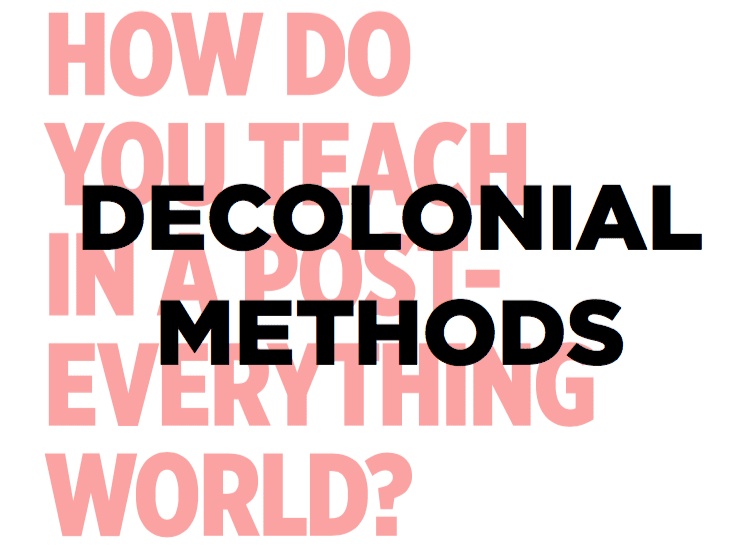
14 June 2017
Magazine C& Magazine
11 min de lecture
C& a interrogé M. Neelika Jayawardane, Sharlene Khan et Felwine Sarr sur l’enseignement de nouveaux vocabulaires et perspectives à des étudiants à l’ère d’Internet
Dans la série Curriculum of Connections, nous souhaitons réunir la diversité des voix, des idées et des projets allant dans le sens de pratiques éducatives, artistiques et axées sur la recherche. Dans cet espace, nous apprenons, nous désapprenons et nous explorons ensemble les anciens et les nouveaux territoires des systèmes de savoir, des collaborations et de l’imagination.
A round-table conversation with M. Neelika Jayawardane, a writer and Associate Professor of English at the State University of New York-Oswego, in the US, Sharlene Khan, a visual artist, writer and Senior Lecturer in Art History and Visual Culture at Rhodes University in Grahamstown, South Africa, and Felwine Sarr, a musician, writer and Professor of Economics at the Université Gaston Berger in Saint-Louis, Senegal. Speaking from their own specific contexts, they share their views on the links between art, education and decoloniality.C& : All of you teach in higher education, and at the same time you are also artists and writers in your own right. How do you combine these worlds? To which extent do these inform one another?
Sharlene Khan: I think being a visual artist and now teaching art history and visual culture, there is a lot more depth which students respond to. Art historians often tend to treat the object as an object. When you are an artist sitting in your studio and looking all the time you work waiting it will speak back to you, it is never something the art historian will speak about. They don't validate this kind of things because they basically don't have these experiences of making creative works. I think too often those discussions simply don't happen and when they do happen they get quickly misinterpreted. So how to balance that theoretically? For me I have become attached to the idea bell hooks expressed as critical play and pleasure. It is hard to find a balance between criticality and playfulness. For me it is always when I get in front of my artwork it informs my theoriticalisation. The balance is coming now even more so through my practice as a teacher.
Neelika Jayawardane: I had to learn how to set very clear boundaries in my personal and professional life. First, I had to learn what “boundaries” were. By that I mean that I had to contemplate carefully and identify what was important to me – what was necessary for maintaining my dignity, self-respect? What was the moral universe I wished to construct, which would be my guide for building integrity? And along with that important set of decisions – and the daily work that goes into actually maintaining the psychic and emotional structures that are essential to holding up one’s integrity – I knew that if I did not maintain a life as a writer, and have communion with art, that I would not have a very rich or fulfilling life.
Felwine Sarr : Lorsque je suis arrivé en France en 1992, j’ai monté un groupe de musique en même temps que je menais mes études. J’ai été chanteur d’un groupe qui faisait plusieurs tournées et albums. Je trouvais assez naturel d’avoir une activité artistique intense en même temps que j’écrivais des textes de littérature. En fait, je ne les conçois pas comme des véhicules différents. C’est un rapport à la sensibilité, à soi-même et aux autres. On peut entrer en communion avec les gens. Dans un groupe de musique, vous transmettez d’âme à âme un propos, des sentiments, une sensibilité. Le langage musical touche directement ses destinataires. Et lorsque vous écrivez de la littérature, une pièce de théâtre, etc. au fond c’est la même chose, vous allez à la rencontre d’autrui. À la fac, on va à la rencontre des codes particuliers pour l’esprit. J’ai l’impression que chacune de ces pratiques relèvent du même désir de transmettre et d’être en relation.
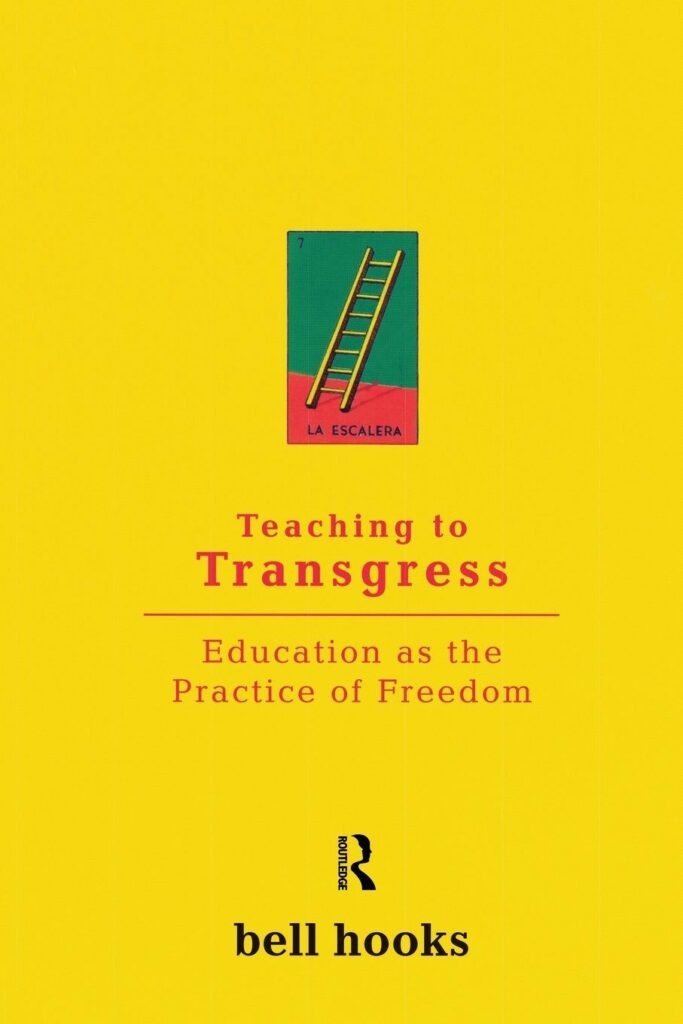
bell hooks, Teaching to Transgress, Book cover design by Alan Hill, 1994. C& : Being relational...At this point I would like to make a connection with the cultural theorist bell hooks. This is quote from her book Teaching to Transgress: „To begin, the professor must genuinely value everyone's presence. There must be an ongoing recognition that everyone influences the classroom dynamic, that everyone contributes. These contributions are resources.“ In which way does this quote resonate with your teaching/mentoring work ? FS : Je pense que bell hooks touche du doigt des éléments essentiels que nous avons tendance à oublier dans les métiers de transmission, c’est la notion de prendre en considération l’espace que l’on co-construit avec les autres. MNJ: Absolutely. But that egalitarian principle has to be managed with an understanding of the difference between being authoritarian and an authoritative director of conversation in a classroom, studio, or wherever you are called to be the mentor or adult. I have to challenge students’ limited worldviews as a literature professor teaching narratives that depict immigrant experiences, or what is widely called “post 9/11 literature.” For example, some have no clue that the US does not just hand out free passes to immigrants. So I challenge. In order to do that I better be prepared, and set an expectation for my students to be prepared. To encourage that, I even post notes and specific questions we will cover in each class period – critical questions involving the text. Once cannot underestimate the fierce loyalty with which we sometimes hold on to very limited and limiting views. The only way I can combat some of that is by expanding what I, and my students imagine to be “authoritative texts” – it cannot be their Yahoo page. Or their social media pages. Or even the New York Times. Fiction, visual art, conversation, journalism from other locations – other voices – help challenge those closed worldviews. SK: Black feminism has given the idea of safe spaces. For me a very important task is to create these safe spaces. You can say whatever you want as long as it stays in respect and accountable to the people around you. The classroom is about to get as much as open articulation as possible. It is relevant what we teach the students gives a new vocabulary. But primary to all of us regarding that what race has been imposed to us we divert from white supremacy. So it is also like making white kids to understand they have been as well colonized. For them it means learning the language of how to engage with people of color. At the same time student of color are being articulate about their own life and their engagement with whiteness in ways that they know that the teacher of the class has their back. I believe that they understand that we use the classroom as our laboratory. In addition, visual art is always an excuse to speak about the other stuff. In other words, I teach them tools for life, and not necessarily about how to get into the art world. C& : Regarding the curriculum, how do you consider its role in education, in which ways can it lead to change or not? FS : Depuis 2011, nous avons créé à l’université Gaston Berger à Saint-Louis une faculté des civilisations et des religions. En outre, nous avons un département de langues africaines où l’on enseigne le wolof et le peul, ainsi que le littérature et les civilisations de ces langues-là et ces univers à travers les mythologies, philosophies, sagesses et ainsi de suite. Et cela fonctionne très bien, il y a une grande demande, plus de 1 000 étudiants, six départements, 25 professeurs... Il y a en effet une grande demande d’intégrer les ressources culturelles endogènes dans le cursus. MNJ: I have doubts, at this point, about institutions – and curricula, as a product of institutions. One of my closest friends in the US, Philip White, who helped me understand how to “immigrate” into academia, once told me that institutions, by nature, are “conservative” – that is, they are built to maintain, remain, stabilise. They resist change. They look at the radical with suspicion. They will smooth over like an aunty who soothes you even as she sees a glaring injustice; and will ruthlessly eject someone who will threaten her household and her ascendancy within the world she knows. The only time that one can expect an institution – and curricula – to reflect anything transformative and radical is if an institution has been recently shamed publicly; that means the greater public has to also come to an agreement that a set of ideas is harmful and cannot support them any longer; powerful people who help buttress these institutions have to – at least (and most likely) nominally and cosmetically – agree to change something. C&: How would you define decolonial methodologies and practices in education? SK: For me due to the particularities of my own education and personal history, it has always been about an appreciation towards multiple cultures from Africa to Asia and not have one dominant over the other. When you grow up like this, i don’t think you ever want to stop learning about a variety of knowledges, as opposed to essentializing knowledge productions. That is inherent to decolonial methodologies. FS : Je pense que d’abord il faut rappeler que la plupart des États africains ont accédé à l’indépendance dans les années 1960. Mais les indépendances sont différentes de la décolonialité. La décolonisation, c’est se rendre compte que les processus de domination et d’asymmétrie n’ont pas tellement évolué mais qu’ils se déclinent dans les rapports économiques et politiques. L’un des défis, c’est de déconstruire tous les procédés de domination implicites ou explicites, qui existent même dans les savoirs, dans la parole, les langages. De même, ce qu’on oublie, c’est que, pour perdurer dans le temps, toute société à transmis un capital intellectuel et culturel sinon, logiquement, elle n’aurait pas survécu. En d’autres termes, les sociétés possèdent des savoirs endogènes qu’elles ont transmis aux générations à venir. On ne peut pas ignorer ces savoirs-là sous le simple prétexte qu’ils ne sont pas reconnus par l’Académie. Il nous manque quelque chose de fondamental dans la théorie de la connaissance globale, trop marquée par les épistémologies du Nord et occidentalisées, laissant par conséquent très peu de place aux épistémologies du Sud, de l’Afrique et de l’Asie. Dans notre épistémologie actuelle, il faut faire connaître ces savoirs-là comme étant des ressources. This Interview was first published in the latest C& Print Issue #7. Read the full magazinehere.
Plus d'articles de
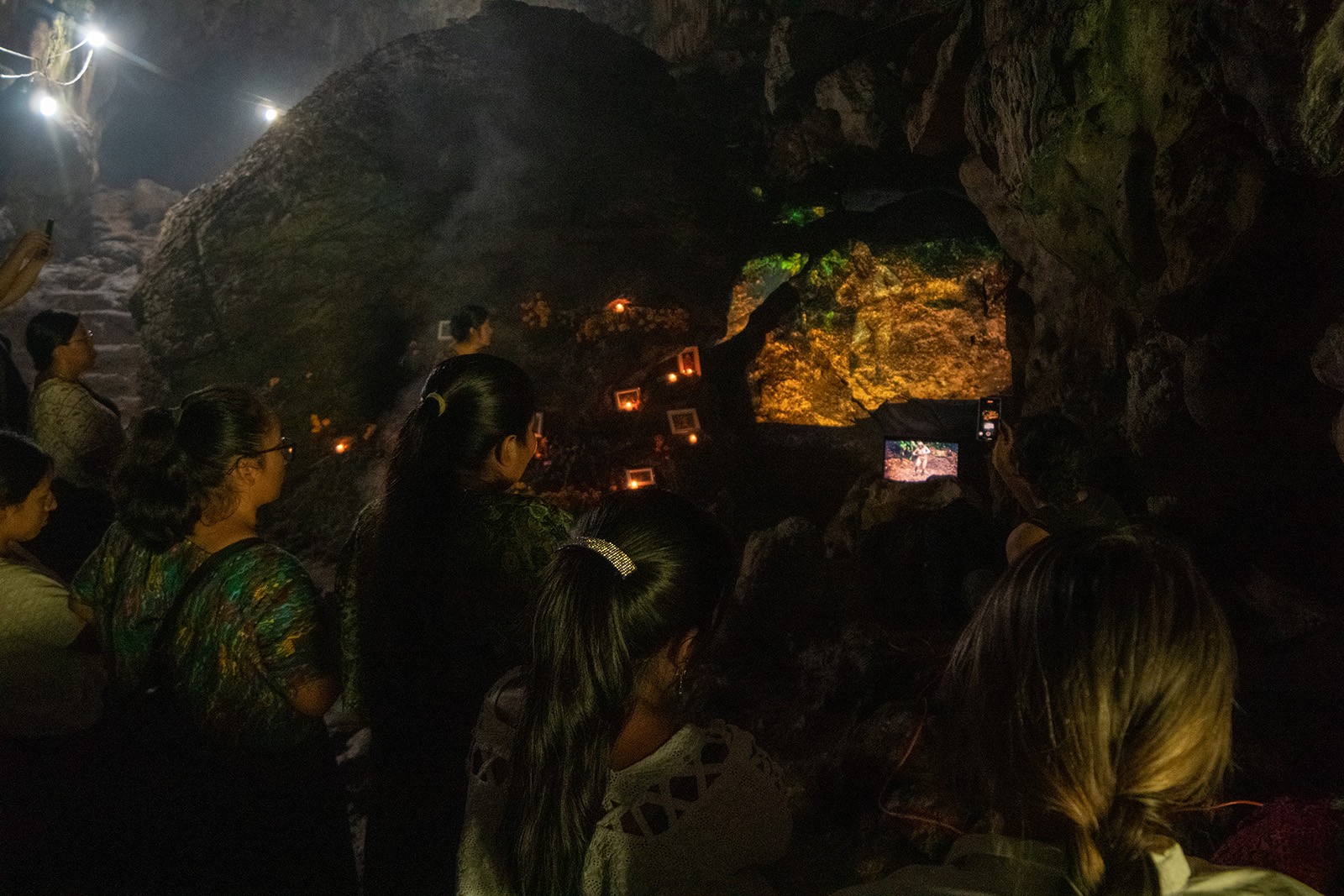
Esperanza de León: Curating Through Community Knowledge
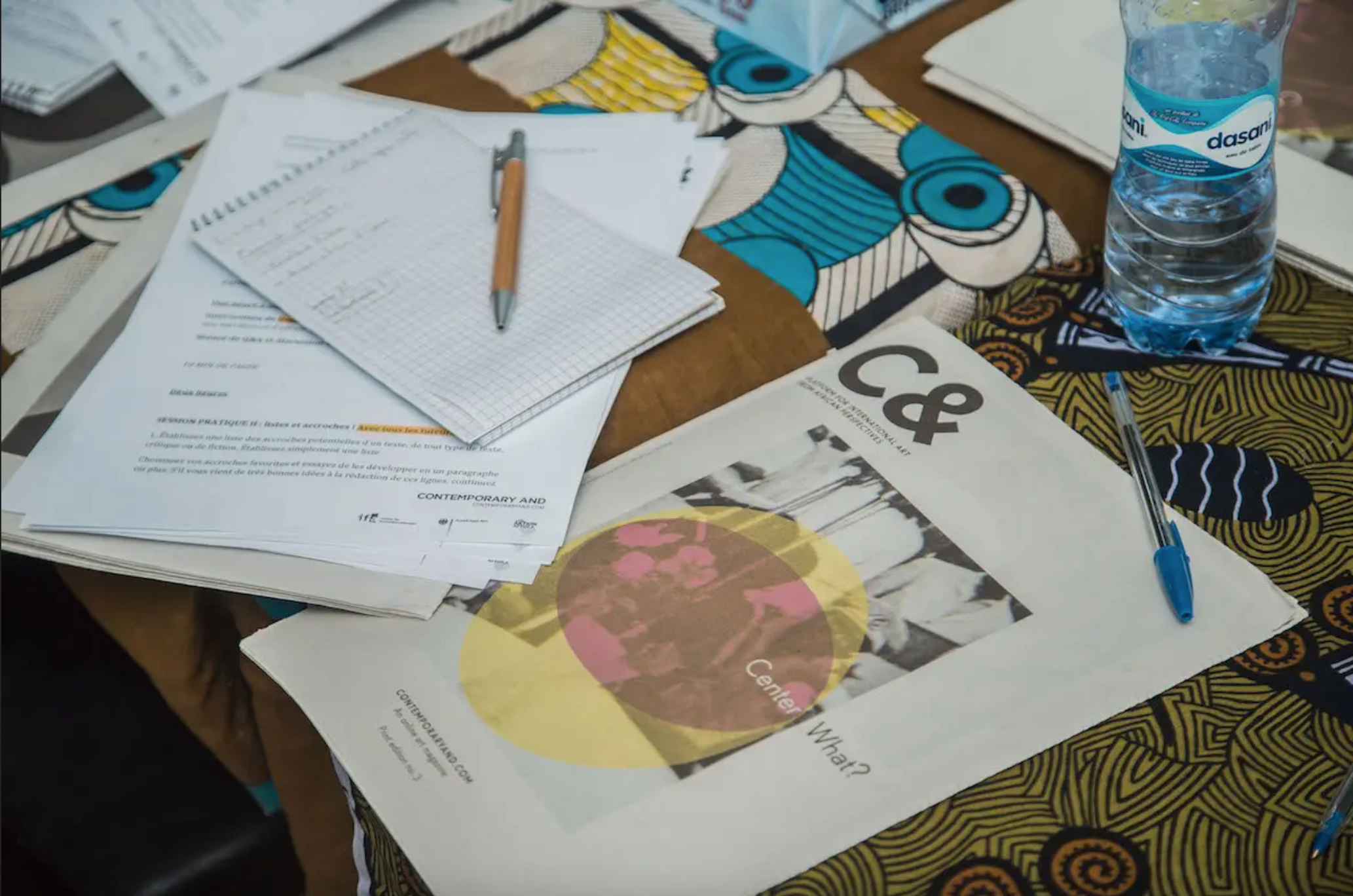
Terra Foundation for American Art funds C& Critical Writing Workshops and C& Mentoring Program in 2023
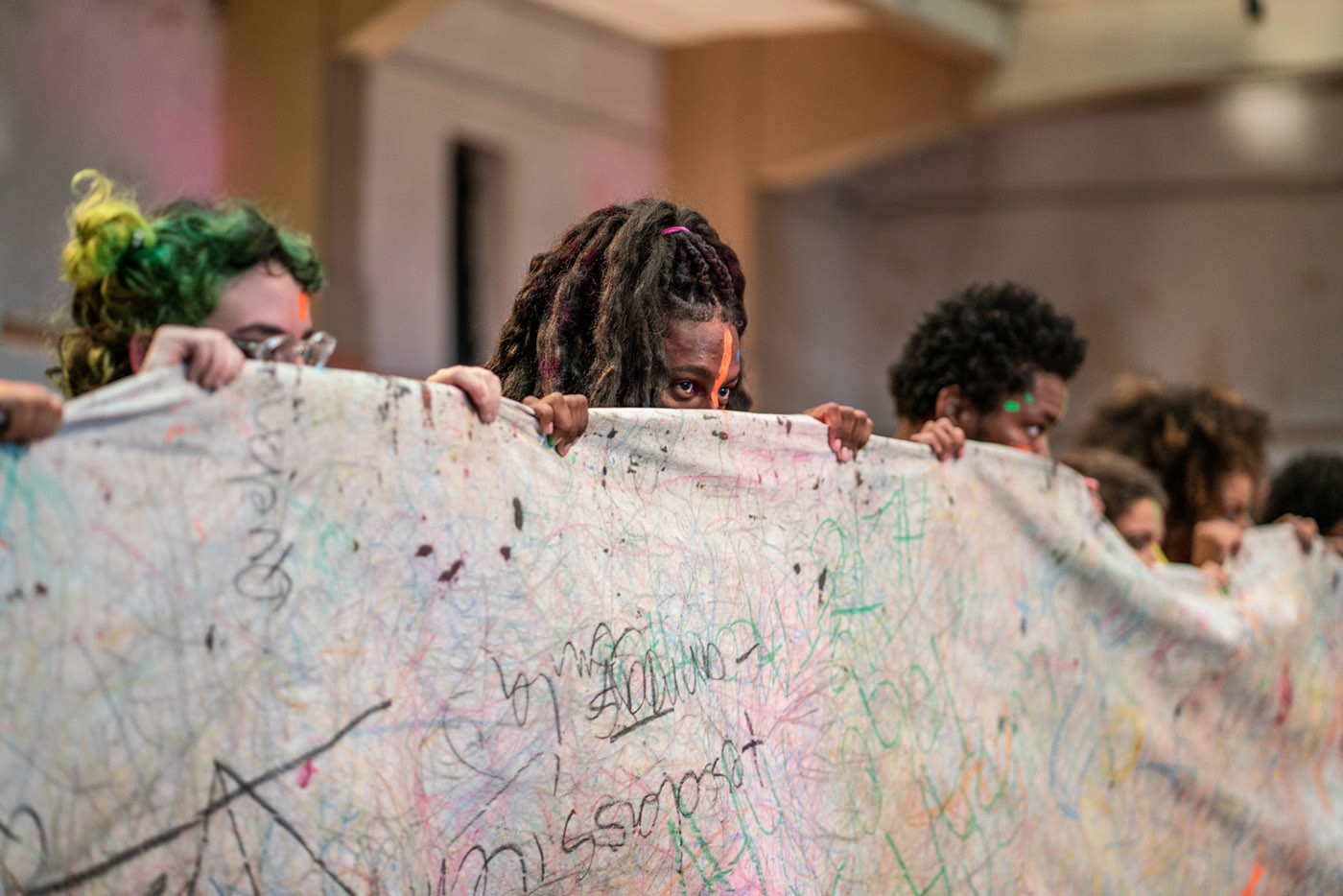
Bodies of Revolt: ColetivA Ocupação and the transgressive practices of art and education
Plus d'articles de
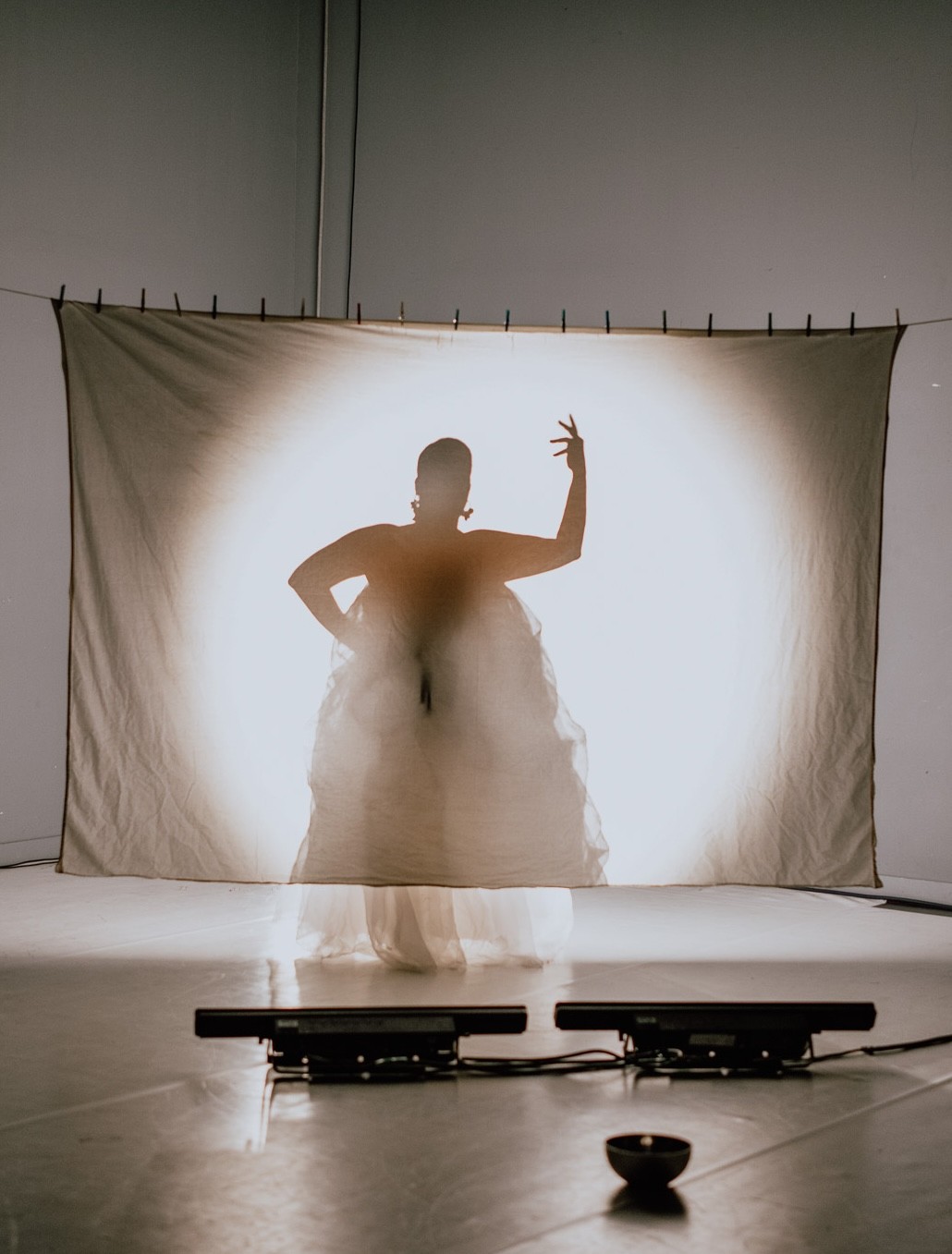
The Museum of Black Futures
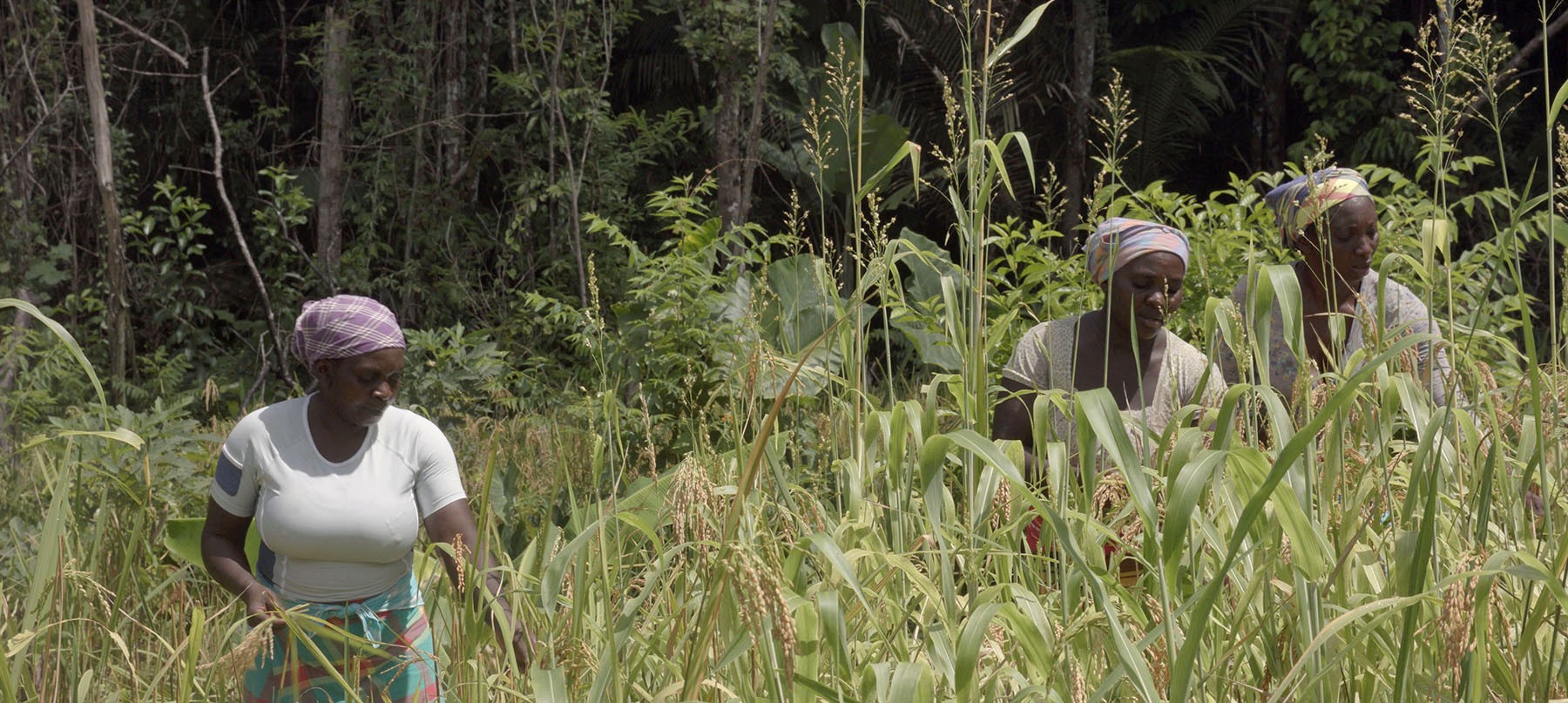
Third Horizon curates a new Cinelogue program exploring decolonial cinema and liberatory imagination from the Caribbean
